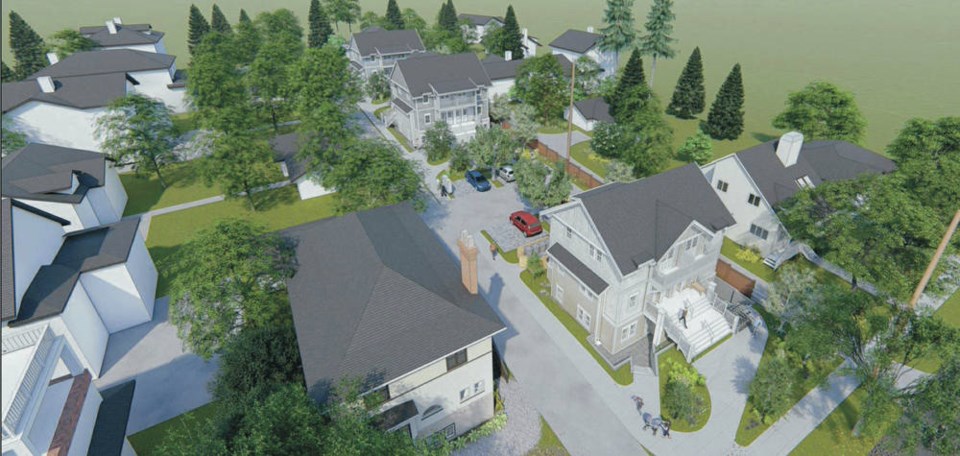Our most important task in the 21st century is to transform our society and economy so we live within the “safe and just space for humanity,” as Kate Raworth describes it in her Doughnut Economics model.
This means an economy large enough and fair enough that we can meet everyone’s needs (the social foundation) but small enough that we can live within the limits of the Earth (the ecological ceiling).
In thinking about what a Doughnut economy means at the local level, the Doughnut Economy Action Lab suggests we ask “how can our city be a home to thriving people, in a thriving place, whilst respecting the wellbeing of all people, and the health of the whole planet?”
This means, they say, asking what it would mean for the people — ALL the people — of this region to thrive and for the region to thrive within its natural habitat. But, they add, it also means asking what would it mean for this region to respect the wellbeing of people worldwide and to respect the health of the whole planet. In other words, think globally and act locally.
To date, only a few cities have begun to ask these questions, foremost of which is Amsterdam, closely followed by Copenhagen, the Brussels region, Dunedin in Aotearoa, New Zealand, and Nanaimo. According to an article in Time magazine in January about Amsterdam’s adoption of Doughnut Economics, policies based on this model “aim to protect the environment and natural resources, reduce social exclusion and guarantee good living standards for all.”
What might that mean here? Well, let’s look at the thorny problem of affordable housing. In Brussels, the Community Land Trust acquires land that it holds in trust for the community. Low-income families can buy and sell a house, but the land remains community-owned in perpetuity. Moreover, the Trust involves the residents in the design and management of the housing, and the homes they build are environmentally friendly passive houses, re-using construction material where possible.
How about transportation? Well, we wouldn’t waste $100 million on a pointless highway interchange at McKenzie that just encourages urban sprawl and commuting. First, we would moderately intensify housing fairly, using the 1.5 per cent principle proposed by Todd Litman of Cities for Everyone. Since the region’s population grows by 1.5 per cent annually, each municipality and neighbourhood should grow that much.
This should be achieved not by building high-rise condo towers downtown but by sensitive in-filling to create “moderate-priced housing in walkable neighbourhoods,” says Litman, with traditional-looking but more dense homes. Look at the recently approved ASH (affordable, sustainable housing) project on Richardson Street in Victoria and similar innovative proposals for what has been called gentle densification.
Then we could take that $100 million and invest it in decentralized workspaces and telecommute centres in the western and northern suburbs and better transit.
Amsterdam is also pushing the denim clothing industry to include 20 per cent recycled material in its products by 2023 and is encouraging the development of more repair shops where people can get their clothing fixed rather than just throwing it out.
Philadelphia is also looking at the Doughnut economy, according to a recent article in Yes! magazine. While COVID has set them back, it has also been a spur to action: we need “a green and just recovery,” said the director of the city’s Office of Sustainability. One approach they are looking at is to replace school meals made in Brooklyn and sent to the city with lunches that are made locally using locally grown food, creating local employment.
Finally, how about paying the full cost of our products and services by paying local workers a living wage and including the full cost of the environmental and social impacts in the price we pay. The Time magazine article on Amsterdam provides an example: Zucchini would cost an extra 15¢ per kilo — 6¢ for the carbon footprint, 5¢ for the impact of farming on the land, and 4¢ for fair pay.
Yes, it will be more expensive, but if we don’t pay the full cost, our descendants will pay the price in ecological decline, social conflict and poor health. Is that the legacy we want to leave?
Dr. Trevor Hancock is a retired professor and senior scholar at the University of Victoria’s School of Public Health and Social Policy.



